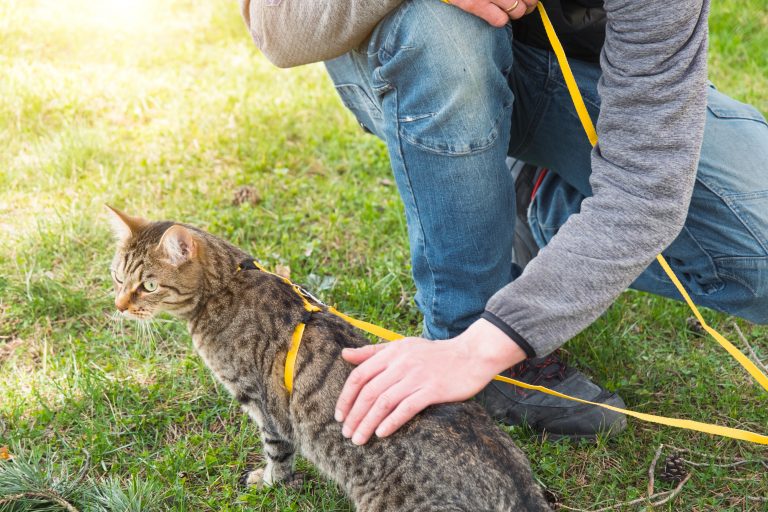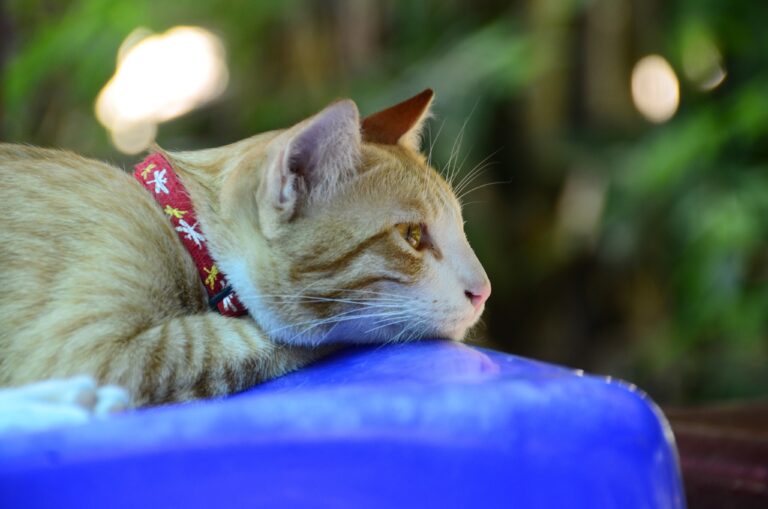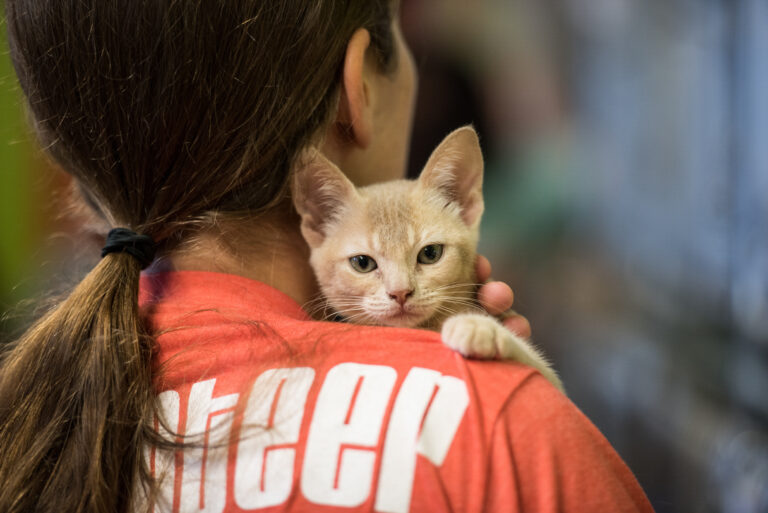Clicker training is no longer just for dogs. More and more cat parents are discovering the magic of positive reinforcement, and yes—clicker training outside can absolutely work for cats. But summertime adds some unique twists. From scorching pavement to sudden noises, the great outdoors presents both opportunities and risks. If you’re hoping to train your cat in the sunshine, you’ll need more than just a clicker—you’ll need strategy, safety, and a sense of feline adventure.
Here’s how to take your clicker training outdoors this summer while keeping your cat safe, engaged, and cool.
Table of Contents
Why Train Your Cat Outdoors?
Contrary to popular belief, cats can be trained—and many love it. Outdoor clicker training offers unique benefits:
- New stimuli challenge your cat’s focus
- Exposure to natural sights, sounds, and smells supports enrichment
- You can work on recall, leash walking, and calm behavior in real-world settings
- It burns mental and physical energy (hello, less zoomies at 3 a.m.)
The trick is knowing how to transition from your cozy living room to the unpredictable backyard—or beyond.
Tip 1: Start Indoors and Build Up Slowly
Before you ever step outside, your cat should understand the basics of clicker training in a calm, familiar environment. Start indoors by clicking and treating for simple behaviors like:
- Touching a target
- Sitting on cue
- Coming when called
- Following a lure
Once these behaviors are consistent, move training sessions to a screened-in porch, near an open window, or just by the door with a leash and harness on. The goal is slow exposure—not shock therapy.
Tip 2: Use a Proper Harness and Leash
A cat’s agility is unmatched—which means a poorly fitted harness can become an escape ticket. Choose a snug, escape-proof harness (like an H-style or vest harness) and attach a lightweight, flexible leash. Let your cat wear the harness indoors first, clicking and treating to build positive associations.
When you finally go outside:
- Stick to enclosed or secure spaces
- Keep sessions short (5–10 minutes at first)
- Stay low and calm—sudden movements can trigger flight responses
Safety is your #1 priority.
Tip 3: Choose the Right Time and Place
Summer heat is no joke—especially for cats. Schedule outdoor training:
- Early in the morning or just before sunset to avoid peak temperatures
- In quiet areas free from dogs, loud music, or unpredictable activity
- On grassy or shaded surfaces (hot pavement can burn sensitive paws)
Always bring water, and monitor your cat for signs of overheating like panting, restlessness, or drooling.
Tip 4: Bring High-Value Treats
Outside is distracting—bugs, birds, breezes! So don’t show up with the same old kibble. Use high-value treats your cat absolutely loves. Think:
- Freeze-dried chicken
- Tuna flakes
- Squeeze tubes (keep cool in an insulated pouch)
- Bits of cooked meat
Click immediately when your cat performs the desired behavior, then reward. Consistency is the bridge between curiosity and confidence.
Tip 5: Focus on Engagement, Not Perfection
Clicker training outdoors isn’t about getting your cat to perform perfectly under the sun—it’s about building focus in a new environment. Don’t expect long training chains or complicated tricks. Start simple.
Examples of great outdoor clicker behaviors:
- Responding to name
- Coming when called
- Touching a target stick
- Walking calmly on leash
- Sitting on a mat or surface
Reinforce eye contact and calm posture. If your cat seems overstimulated, end the session on a high note and head inside.
Tip 6: Watch for Stress Signals
Cats are subtle communicators. Learn to spot signs that your cat is done or overwhelmed:
- Dilated pupils
- Tail flicking
- Flattened ears
- Sudden grooming or freezing
- Trying to retreat
Respect their signals. A single positive minute is better than a stressful 10.
Conclusion: Make Clicker Training Outside a Safe Summer Adventure

Clicker training outdoors in the summer can unlock a whole new level of fun and bonding between you and your cat—but only if done safely. Start slow, protect your cat with the right gear, use irresistible rewards, and stay alert to their needs. With a little planning and a lot of patience, your feline can learn to enjoy the outdoors not as a danger zone, but as a place for discovery and training success.
Your cat doesn’t need to scale a tree to feel adventurous—sometimes a click, a treat, and a shady patch of grass are all it takes.







